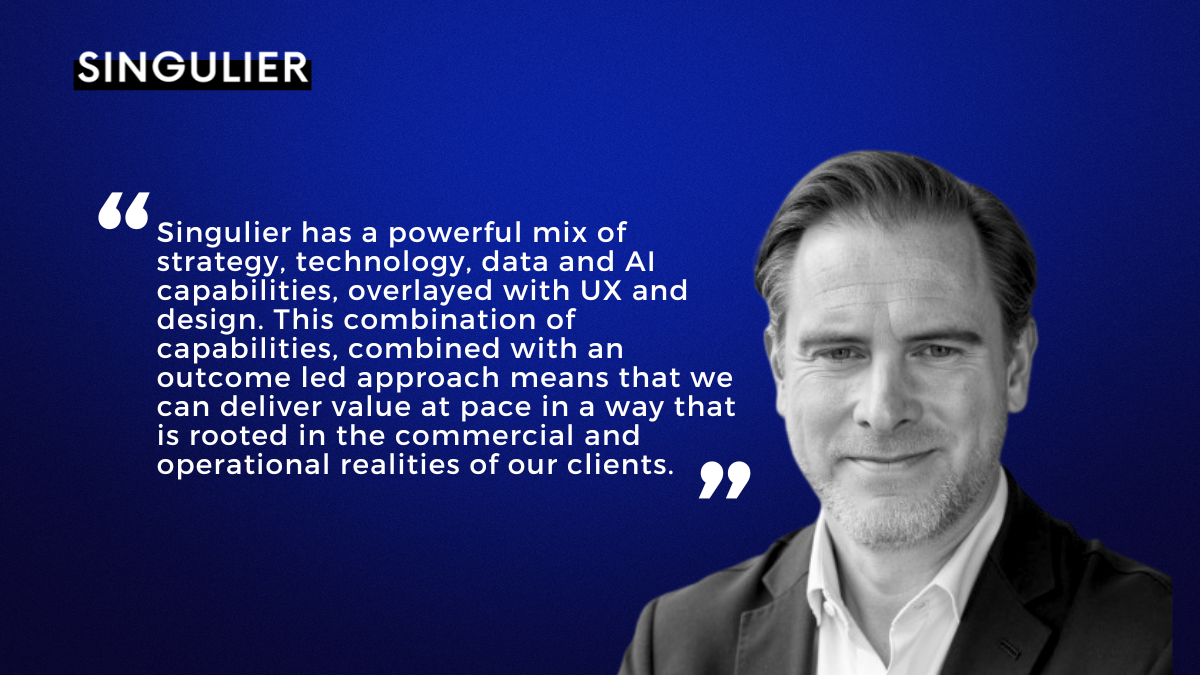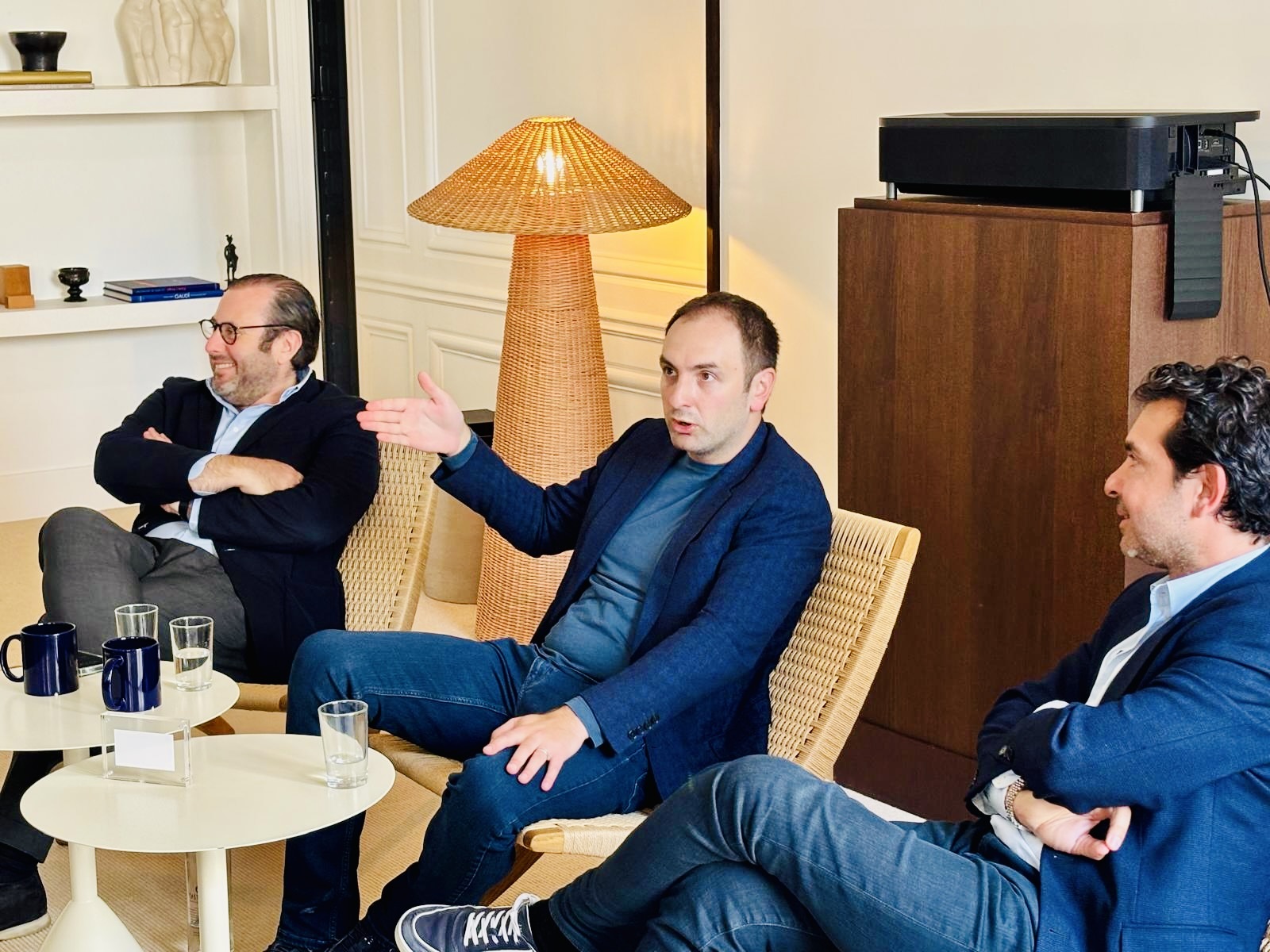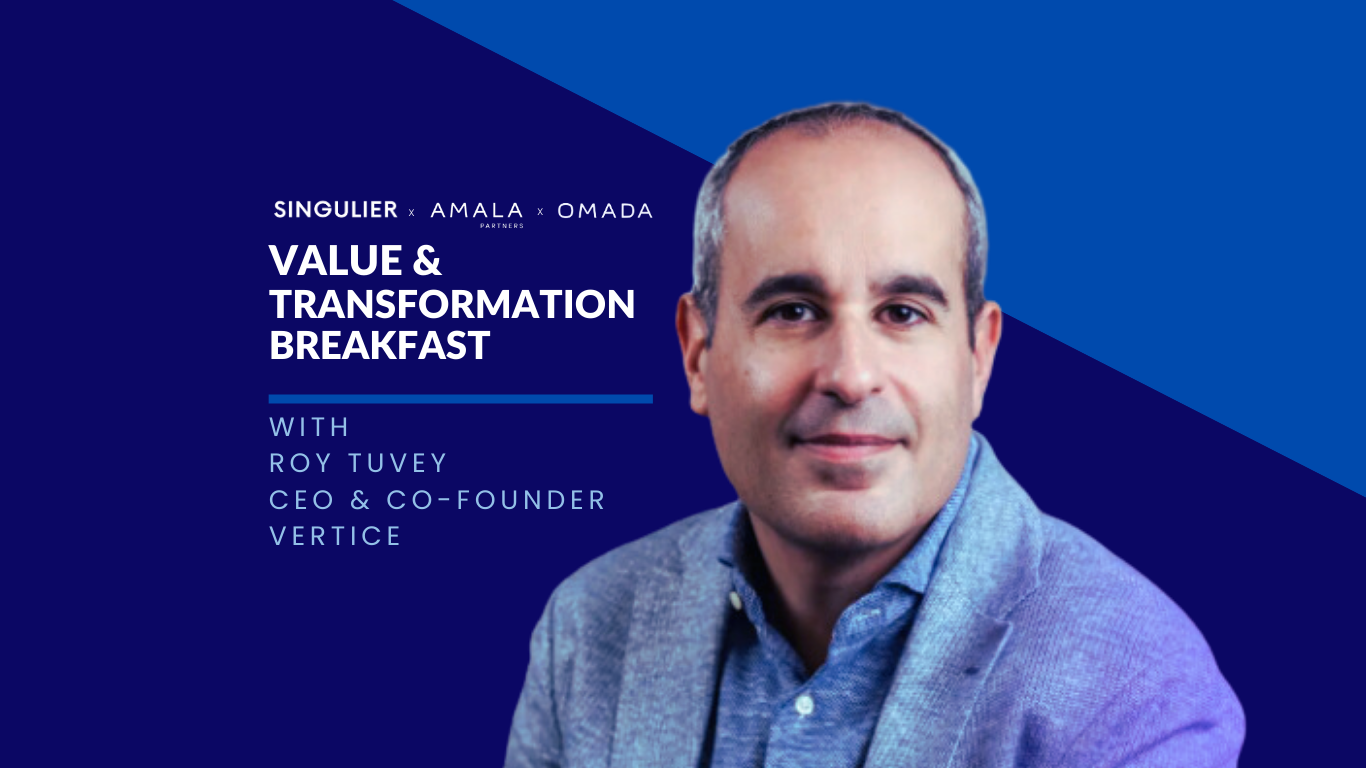Business Strategy
Leadership
Transaction Advisory
SuperReturn 2025: What the Industry’s Really Thinking
June 11 2025
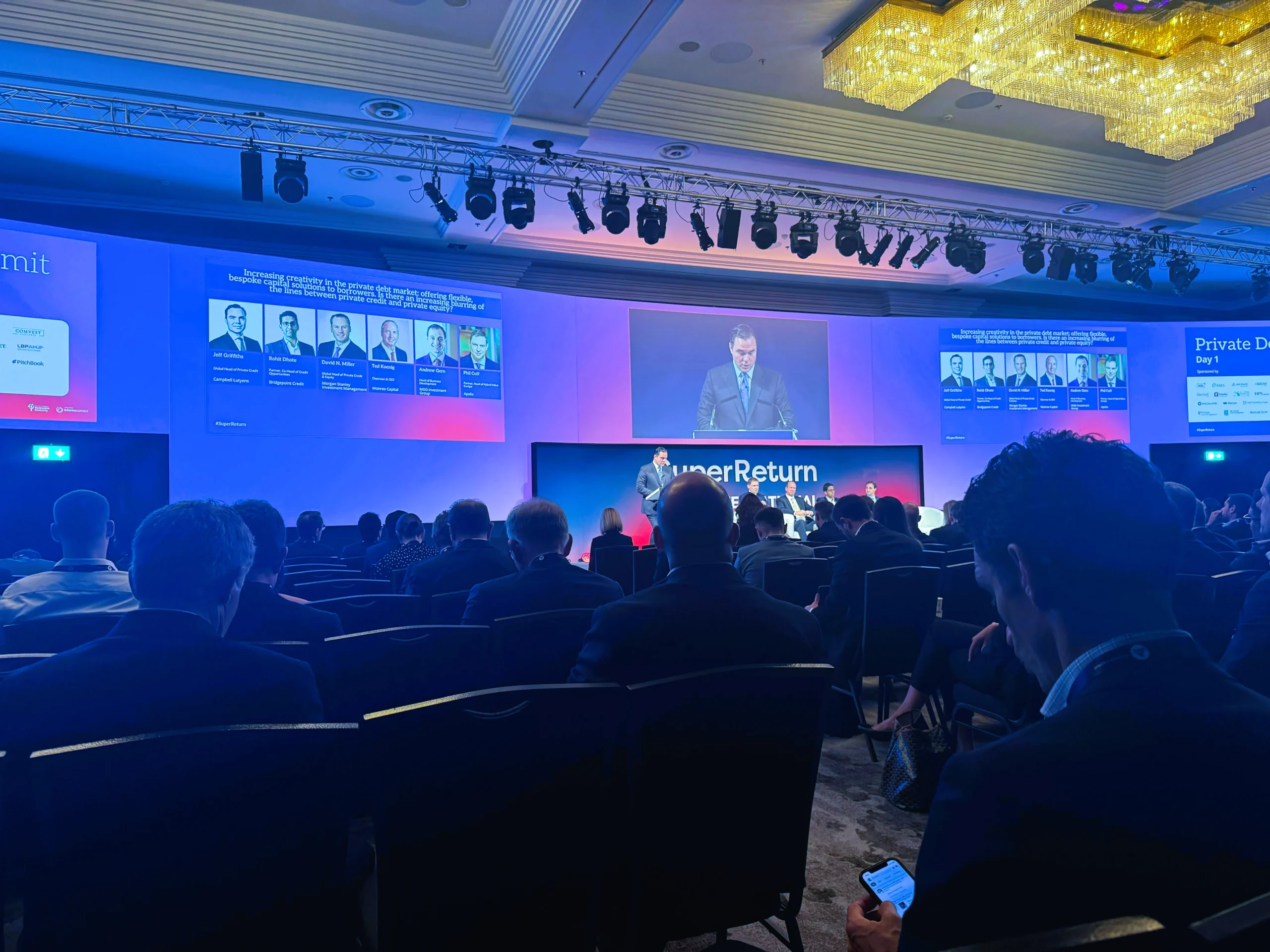
This year’s SuperReturn was a temperature check on how investors are recalibrating in real time. With over 5,000 LPs, GPs, and operators in Berlin, the mood was pragmatic, precise, and more focused on execution than prediction.
“What stood out most at SuperReturn 2025 is how Europe’s relative stability is attracting renewed capital. Alongside this, it’s clear that AI and data are moving from theory to practical application, and secondaries are now a true pillar of liquidity strategy. The conversations in Berlin reflect a private equity industry focused on resilience, specialization, and real operational progress.” – Remi Pesseguier, CEO, Singulier
Here are the 10 takeaways for SuperReturn 2025 that we have drawn from on-stage discussions, off-record sessions, and everything in between.
1. Europe’s Private Equity Resurgence Takes Center Stage at SuperReturn 2025
As global dealmaking remains uncertain, Europe is drawing renewed interest. Apollo Global Management’s President Jim Zelter summed it up: “Whether it’s a pull domestically or a push from the current administration, there is a revitalized enthusiasm about investing in Europe.” Valuation gaps between European and US companies are narrowing as investors reassess growth prospects and risks. Geopolitical tensions, including trade conflicts, are redirecting capital toward regions seen as more stable, with sectors like defence, infrastructure, and industrials leading activity. Gulf and Asian LPs are also expanding European mandates, drawn by diversification and opportunity.
2. Resilience Becomes the Operating Default for Private Equity
SuperReturn 2025 emphasised the topic of resilience. Persistent inflation, interest rate pressure, trade disputes, and geopolitical fragmentation from Eastern Europe to MENA have made one thing clear: resilience is no longer a theme, it’s a precondition. Investors are embedding stress-testing and scenario modelling into every layer of the investment process. Regional localisation is now table stakes for any serious investment strategy.
3. AI and Data Transformation Drive Competitive Advantage
The most effective tech-forward firms are integrating AI tools pragmatically across sourcing, diligence, portfolio operations, and forecasting; avoiding the generative AI hype cycle. Data delivers an edge only when directly connected to investment decisions at every stage of the deal. Some of the most valuable signals remain unconventional: hiring activity, traffic patterns, sentiment shifts, founder behaviour. Structured effectively, these inputs surface insights that standard models miss. Leading firms are building scalable data architectures with robust pipelines, governance, and embedded learning loops tied closely to deal and operating teams. Talent needs are shifting accordingly, favouring practitioners who can apply data science in live investment environments over purely academic credentials.
As we have also seen in our Data Transformation projects carried out by our data arm Graphite, these systems ultimately succeed because they are grounded in expert strategy and judgement, not automation for its own sake.
4. Secondaries Market and Continuation Vehicles Reach New Heights
The secondary market in private equity saw record growth in 2024 and is expected to continue flourishing in 2025, driven by increased liquidity and portfolio management options. GP-led continuation vehicles are reshaping the private equity playbook, already accounting for 7% of global distributions with that share potentially doubling over the next decade. Roughly 35 percent of buyout deals today could qualify for a continuation structure, making this a mainstream strategy rather than a niche option. LPs are saving billions in fees annually through GP-leds while benefiting from stronger alignment and simpler governance. Mid-market GP-leds have shown more resilience in downturns than traditional exits, returning capital on average 1.5 years quicker than standard holding periods. With IPOs down and trade sales flat, continuation vehicles are stepping into the gap as large-cap GPs join the mid-market in driving this trend.
5. PE Specialisation and Operating Models Win When Tied to Execution
Whether it’s fintech in MENA, deeptech in DACH, or software in the Nordics, specialisation only delivers returns when combined with operational depth and execution capability. Several speakers stressed this: sector focus alone isn’t enough. You need teams who can execute at speed, locally. The most successful firms are embedding operating expertise early in the investment cycle, with operational value creation becoming a core differentiator.
Our recent benchmarking research on PE operating models shows that leading firms integrate in-house specialists with external advisory networks to provide both flexibility and scale. Download our full benchmark study on how leading PE firms structure their operating teams here.
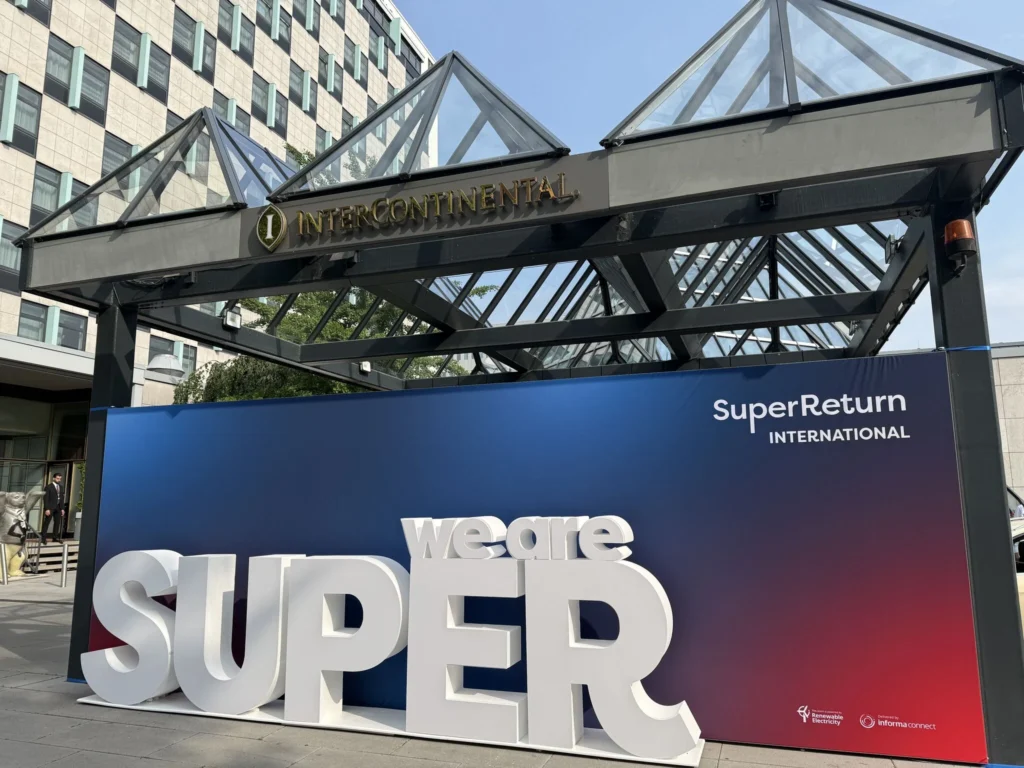
6. Private Credit and Alternative Liquidity Solutions Expand
With IPOs thin and M&A slow, GPs are actively engineering new liquidity paths. Private credit continues to absorb market share from retreating banks, particularly in Europe’s middle market. Structured solutions are increasing in sophistication. LPs are now more open to creative solutions, but the expectation is clear: full transparency, real alignment, and structural clarity.
7. Operational Excellence Becomes the Main Driver of Alpha Generation
With multiples under pressure and leverage constrained, operational improvement has become the primary lever for value creation. Firms are embedding KPI discipline, early exit planning, digital enablement, and talent upgrades from the start. The best value creation plans begin in diligence, not six months post-close. This shift represents a fundamental change from financial engineering to strategic operational transformation.
8. ESG and Climate Strategy Converge Into Value Creation
Sustainability is no longer just a reporting exercise. LPs are pushing for climate-aligned strategies that link directly to commercial returns: nature-based solutions, grid infrastructure, and low-carbon assets. Reporting frameworks are becoming institutionalised, but it’s the value angle that’s commanding real capital in Europe. ESG is splitting into compliance-focused reporting and genuine value-driving strategies that affect pricing, accelerate growth, and increase exit multiples.
9. Private Wealth Access to Alternative Investments Becomes Mainstream
Evergreen funds, lower minimums, and educational content are broadening private equity access to high-net-worth and retail capital. What matters now is delivery: performance, transparency, and suitability. Distribution infrastructure is quickly becoming a competitive advantage as firms recognize the scale of this opportunity.
10. LPs Demand Precision Over Marketing in Fundraising
Fundraising success in 2025 depends on sharp articulation of what makes a strategy work, according to SuperReturn conversations. LPs are fatigued by repositioned generalist platforms and buzzword-led presentations. Those winning mandates are offering sector clarity, operational edge, and measurable track records. The industry is moving toward depth over surface-level engagement, with curated breakout sessions and functional roundtables replacing crowded networking mixers.
About Singulier
At Singulier, we’ve built our practice around these very dynamics. Through Graphite (our data strategy unit) and Holis (our technology and AI arm), we support investors and management teams across the full investment lifecycle. From signal-led sourcing and commercial diligence to portfolio execution and exit readiness, our focus is consistent: measurable, real-world impact driven by expertise. Whether it’s structuring data layers, embedding operational discipline, or applying AI in real operating environments, we deliver solutions that perform at scale. Learn more at www.singulier.com.
Let’s Talk
Looking to accelerate your firm’s growth in the UK? Get in touch with our experts today.

